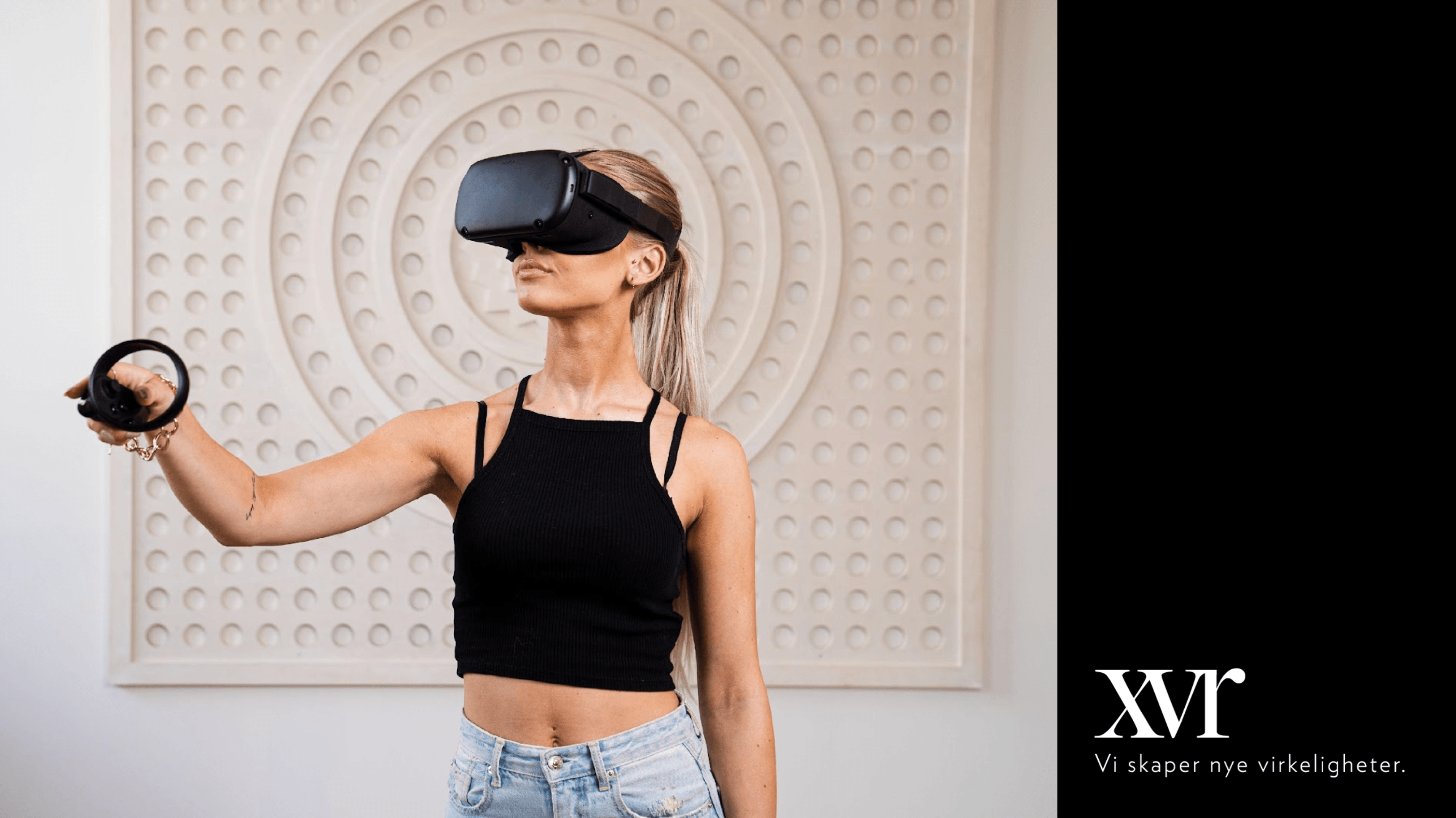Case study: Emerging tech, VR - VR in China, a lesson in product market fit
After building best-in-class VR-graphics for RedBull and real estate companies, we ventured to China for a bigger market. Safe to say, we learned some lessons.
- Company
- XVR
- Year
- My role
- Co-founder, Tech lead

Custom VR software for RedBull and Thon
Noticing an uptick in VR late 2017, I truly saw this as the future of work, entertainment and how we interact with computers. That did not turn out to be the case (yet), but that did not stop me from trying. In this case study I want to show you have you can have a profitable business (and even sell it) even though it might be a “bad business”. There are some good learnings in product market fit here.
But first! Let’s have a look at a case-study we made for Thon Eiendom. The software we made for them allowed a buyer of a new home (that was yet to be built) to walk around in an apartment, feel the room, see the sun, view and select different options in the kitchen and bathroom. A huge leap forward compared to the old method which were floor-plans on paper.
What we wanted to make vs. what the client wanted
This is an important lesson in making products. You might think you know what the client wants, but you are most likely wrong. Other times you might think you know what they need (but are not asking for), but you are most likely wrong again.
Customers are reluctant to change. Novel products and ideas often need a new budget post and a chain of approval. Unless it is blatantly obvious that the product is a must-have (which again is really hard to achieve) it will most likely be a hard sell.
We wanted to make a novel software for new real estate ventures. One that would allow prospective customers to tour and apartment years before it was built. From looking at a floorplan to looking at the view from the balcony, it really promised to be a game changer (and it was, somewhat).
There were a couple of issues to our approach:
- Distribution. Everyone who tried it absolutely loved it. However, getting them to try it in the first place was a bigger challenge. First of all, they had to come to a physical location or get the headset shipped. Secondly, when they did some were really skeptical about these “ski-goggles”.
- Budget post. While the customer liked it, they had no budget post to put it on. It couldn’t replace what they already had, just enhance it. That meant a new budget post which again means lower margins. Not an easy sell to the executives.
What they actually wanted was to make a PR-stunt of it (then it was marketing, which WAS a budget post). Failing to realise this early enough left us hoping that this would be a long time business relationship, while it was more a one-off marketing stunt.
The customer wanted marketing, we wanted to build a new product for them. This is why you should to the following:
Clarifying expectations and why it matters
With only our self to blame, it gave us a lot of false hope that our VR-tech would actually be used for other things than marketing. If you read the case on my advertising journey you would know that this was exactly what I was trying to avoid.
Starting a business relationship should always be grounded in a shared clarification of short- and long-term goals. It is easy to skip and assume everyone is on the same page, but in reality there will always be some mismatch in expectations. As a business leader, it is your job to bridge that gap.
The tech
We had built amazing technology. Utilising a server cluster in the office (made by me connecting every powerful computer together during the night) we had enormous rendering power. By pre-rendering the entire VR-experience we could run it on low-end hardware. Close to photorealistic, running on a mobile chip equivalent to a Samsung Galaxy S8. To give the tech-geeks some numbers, it took 8 hours on 18 3090s to render. It was amazing, but unfortunately tech only gets you so far. And by far I mean China!
Moving the business to China
Naive as a fresh entrepreneur can, I figured it must be the Norwegian market that was too far behind the curve. When an opportunity came up to pitch for Chinese investors I jumped on it. To my surprise, they loved the product. The team was invited to Shenzen, China to pitch a board of investors.
Had I done my research, we would never go to China in the first place. Turns out that in Chinese culture, how you live matters a lot less than in Scandinavian countries. Square footage and price is everything. Therefore, none of the Chinese investors were remotely interested in the product we were offering. They did like the tech we made, but that was not enough to close a deal.
It seems like obvious advice, but do your research and talk to customers. It can be suprisingly simple to get your head stuck in the sand.
Covid and selling the business
After returning from China covid hit. It actually hit while we were in China, but that did not surface until later. Understandably, suddenly no-one wanted to strap a VR-headset to their face. The future of VR and our software was looking bleak. Looking defeat in the eyes and acknowledging that it was the time to move on, I sold the company for scraps to Oslo Digital. They continued to run it for another two years before closing down in 2023.